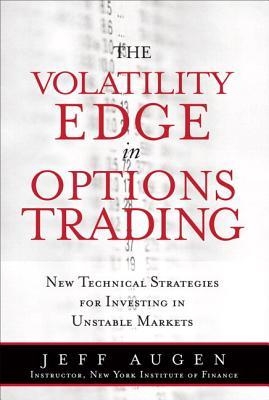
1 Introduction
On October 27, 1997, the Dow Jones Industrial Average (DJIA) fell a
breathtaking 554 points, or 7.2%, to close at 7161. This massive collapse
represented the largest absolute point decline in the history of the index and
the tenth-largest percent loss since 1915. That evening, the financial news
featured a parade of experts, each prepared to explain exactly what had
happened and why. Despite the confusion, they all seemed to have two
things in common: their failure to predict the drawdown before it happened,
and their prediction that the next day would be worse. They were dead
wrong. The next day the market resumed its decline before rallying sharply
to close up 337 points (4.7%) on then-record volumes of over a billion
shares. The experts were back that evening to explain why. Such is always
the case with market analysts—they tend to be short on accurate predictions
and long on after-the-fact analysis.
October 27 was also the first time that the cross-market trading halt circuitbreaker
procedures had been used since their adoption in 1988. By 2:36
p.m., the DJIA had declined 350 points, triggering a 30-minute halt to the
stock, options, and index futures markets. After trading resumed at 3:06
p.m., prices fell rapidly until they reached the 550-point circuit-breaker
level, causing the trading session to end 30 minutes early. The Division of
Market Regulation of the Securities and Exchange Commission launched an
investigation to reconstruct the events of these two days and to review the
effects of the circuit breakers on the velocity of price movements. The study
concluded that the sell-off was prompted by concerns over the potential
impact on U.S. corporate earnings of the growing market turmoil in Asia
and repercussions from the potential economic slowdown and deflationary
pressures. The Asian market turmoil evidently caused a number of
institutional and professional traders to attempt to reduce their equity
exposure or increase their hedges in the U.S. markets, either directly
through stock sales or indirectly through trades in futures. When the sell-off
reduced U.S. stock prices to attractive levels on the morning of October 28,
a broad-based buying trend emerged to support a strong rebound in share
prices.
As significant as it might have seemed at the time, this one-day 554-point
decline is nearly invisible in the relentless march that took the Dow from
828 in March 1982 to 11,750 in January 2000. However, the October 1997
drawdown was important for many reasons. Most important among these
was the lesson that all bubbles eventually burst. In this case the bubble was
caused by a huge influx of foreign money into Asian markets that lasted for
a decade and resulted in a credit crisis. Moreover, the ripple effect clearly
demonstrated the importance of balanced trade between regions and the
risks implied by deficits and surpluses. It also signaled the beginning of a
hyper growth era that lasted for three years and nearly doubled the value of
the U.S. equity markets.
My goal was to develop an investment strategy based on the fundamental
mathematical properties that describe financial markets. Properly executed,
such a strategy should provide excellent returns in a variety of market
conditions. It should also be persistent in the sense that it transcends shortterm
trends. A perfect strategy would embody risk-management
mechanisms that allow an investor to precisely calculate the expected return
and worst-case loss for a given set of trades. Finally, and most important, a
successful strategy should not depend in any way on personal opinion. As
we shall see, the strategies that ultimately emerged from this work involve
trading positions without regard to underlying financial assumptions about
the performance of any particular company, index, or industry.
The work was enormously complex and time-consuming, because there was
much less scientific analysis to build on than I had expected. Unfortunately,
the financial world has chosen to substitute careful scientific analysis with
something far less precise—the opinions of financial analysts. These
analysts are the same "experts" who have failed to forecast every major
equity market drawdown in history. Most often their analyses are based on
untested relationships, infrequent events, or both. It is easy to point to the
last time interest rates rose by a certain percentage or oil prices fell more
than a certain amount, but it is impossible to compare the effects of
hundreds of such events. The modern era, characterized by electronic
trading of equities, futures, options, fixed-income securities, and currencies
is simply not old enough.
A significant example of the problem occurred at the very moment these
words were being written. The Chairman of the U.S. Federal Reserve, the
largest central bank on Earth, declared publicly that he could not explain
why the yield on ten-year treasury notes had fallen 80 basis points during a




